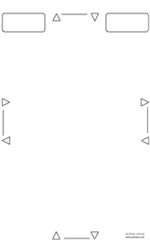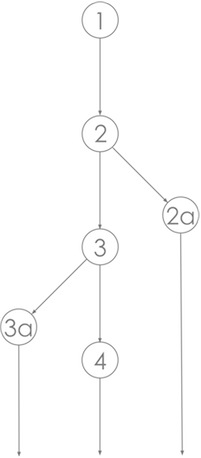 Shortly after I introduced the latest round of Active Voice productivity templates for the Hipster PDA (hPDA — available as free downloads here), I started to think about what the next round of templates would look like.
Shortly after I introduced the latest round of Active Voice productivity templates for the Hipster PDA (hPDA — available as free downloads here), I started to think about what the next round of templates would look like.
I wanted them to be different — not just in terms of content, but also in terms of the way they actually worked.
I took a look at how hPDA cards are designed, and how people use them. Most cards are designed to be used either as stand-alone units or together in sequence. But in life, few good ideas unfold in a steady linear direction over time — they tend to go off in many different directions at once.
So, I asked, what would cards look like that were designed to be used, not in straight lines, but in nonlinear networks? What if they could capture the multidimensional, interrelated nature of our ideas as they happen? CardNets are my answer. Maybe they can be yours, too.

 In the course of designing and testing
In the course of designing and testing